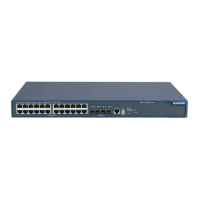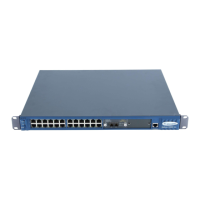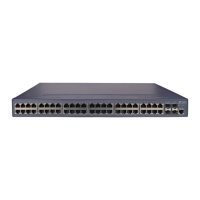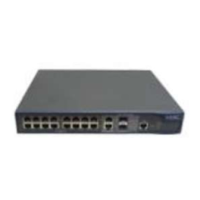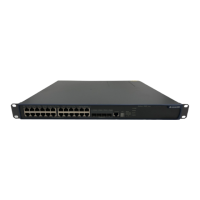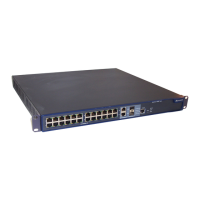Operation Manual – Routing Protocol
Quidway S3900 Series Ethernet Switches-Release 1510 Chapter 1 IP Routing Protocol Overview
Huawei Technologies Proprietary
1-1
Chapter 1 IP Routing Protocol Overview
Note:
When running a routing protocol, the Ethernet switch also functions as a router. The
word “router” and the router icons covered in the following text represent routers in
common sense and Ethernet switches running a routing protocol. To improve
readability, this will not be mentioned again in this manual.
This manual deals with the S3900-EI series switches. The ospf, ospf-ase, and
ospf-nssa commands are supported by the S3900-EI series, but not supported by
the S3900-SI series. This will not be mentioned again in this manual.
1.1 Introduction to IP Route and Routing Table
1.1.1 IP Route and Route Segment
Routers are used for route selection on the Internet. As a router receives a packet, it
selects an appropriate route (through a network) according to the destination address
of the packet and forwards the packet to the next router. The last router on the route is
responsible for delivering the packet to the destination host.
A route segment is a common physical network interconnecting two nodes, which are
deemed adjacent on the Internet. That is, two routers connected to the same physical
network are adjacent to each other. The number of route segments between a router
and any host on the local network is zero. In the following figure, the bold arrows
represent route segments. A router is not concerned about which physical links
compose a route segment. As shown in
Figure 1-1, a packet sent from Host A to Host
C travels through two routers over three route segments (along the broken line).

